I Love “Stinky” Washed Rind Cheeses
Washed rind cheeses earn their nickname for good reason. As they mature, cheesemakers regularly bathe them in brine, beer, wine, or spirits, encouraging the growth of bacteria like Brevibacterium linens.
This bacterial bloom creates the signature orange or reddish rind and produces intense, earthy aromas ranging from pungent to downright barnyard-like. But don’t let the smell scare you off. Beneath the funky exterior lies a rich, creamy, and often surprisingly mild interior that offers complex, savory, and sometimes meaty flavors.
I call them “stinky” cheeses, not as a warning, but as a badge of honor. Their aroma might raise eyebrows at the table, but those who dare to taste them often discover a whole new world of flavor.
These cheeses demand attention in scent and taste, and they reward adventurous eaters with unforgettable experiences. Whether it’s the gooey decadence of Epoisses, the supple punch of Taleggio, or the grassy notes of Reblochon, washed rind cheeses bring a bold character that sets them apart.
This introduction is an invitation to embrace the funk, trust your nose, and discover why some of the best cheeses in the world are also the smelliest.
What Is A Stinky Cheese?
Many cheeses fall into the “stinky” category, but in this article, I’ll focus specifically on washed rind varieties. In future posts, I’ll explore other boldly aromatic cheeses that taste just as incredible. For now, let’s dive into the world of washed rind cheeses—the boldest, funkiest, and most unforgettable of them all.
“Stinky” cheeses earn their aroma through a special process. Cheesemakers wash the rinds in brine, wine, beer, or marc—a strong brandy from Burgundy—throughout the aging process. One famously funky cheese, Stinking Bishop, even gets its wash from pear cider.
These cheeses typically age for over 60 days and fall into the soft-ripened or semi-firm category. The result? A distinct, barnyard-like aroma. Descriptions range from stinky feet and mildewed laundry to warm animal and “unshowered for a week.”
You might wonder why anyone would eat something that smells like that—but trust me, the flavor makes it all worthwhile. Over time, many people even grow to love the smell.
Why are they so stinky? Washing the rind prevents mold and encourages beneficial bacteria to flourish. These bacteria help develop both flavor and aroma—much like the live cultures in yogurt.
As the wash soaks into the cheese, it becomes part of the flavor profile. But be warned: these cheeses will take over your fridge. Wrap them tightly, or follow the lead of die-hard fans who invest in dedicated cheese fridges to contain the funk.
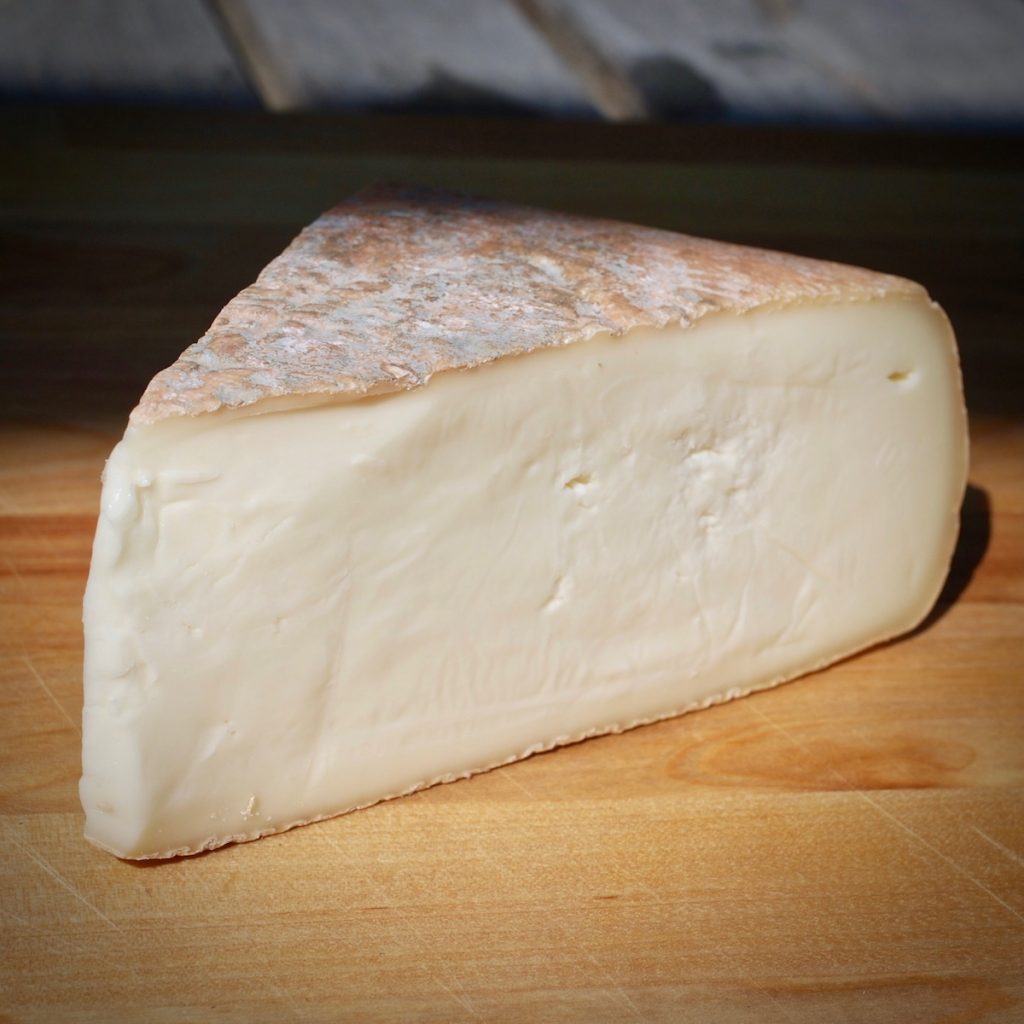
What About Stinky Cheese Taste?
Now that we know why washed-rind cheeses smell so funky, let’s talk about how they taste. The strong aromas’ effects create extensive and complex flavors from washing a rind.
The strong aroma of the cheese often does not hint at the flavor. I don’t know about you, but I don’t want to eat anything that tastes like a gym bag full of sweaty clothes.
Often, washed rind cheeses taste much milder than their smell would indicate, with savory hints of fruit, grass, and nuts and a texture ranging from firm and slightly grainy to soft and smooth to runny and silky.
The thing to remember with all the stinky cheeses is what your mom always tried to tell you, “You can’t judge a book by its cover!” In this case, you can’t judge a cheese by smell alone; what one person considers stinky may be perfume to someone else.
With some washed rind cheeses, you can eat the rind, but many of them you can not, and some don’t like paying big bucks for these cheeses when you can’t even eat the rinds. My friend Cheesemonger Jack says
“Rind haters who feel they are being overcharged because they can’t eat a particular rind should stick to buying bananas without skin or pre-cut fruit salad ‘talk about an unfriendly bacteria environment'”
It’s a bit of an extreme response, but you get the picture.
Since I knew Jack was a fan, I asked him to tell me the stinkiest cheese he had ever sold, and he said,
“The strongest smelling cheese I have ever smelled was “Vieux Lille.” We were able to sell that cheese years ago, but it is banned now. America is fearful of raw milk products. There are probably stronger-smelling cheeses out there because who knows what evil lies in the hearts of men, but I have not had them.”
I did a little research about Vieux Lille and discovered that one of its nicknames is “Stinking Pickle.” I think that tells me all I need to know. Then again, I never say never; my mom wouldn’t want me to judge a book by its cover.
What is the Raw Milk Designation
The raw milk designation tells you whether a cheese was made from milk that hasn’t been pasteurized. When a cheese carries this label, it means the cheesemaker used milk straight from the animal—unheated and untreated—to preserve its natural bacteria and enzymes.
These raw elements contribute to deeper, more complex flavors that change as the cheese matures. In many countries, cheesemakers must age raw milk cheeses for at least 60 days at specific temperatures to reduce the risk of harmful bacteria.
The aging process allows beneficial bacteria and salt to naturally inhibit pathogens. While raw milk cheeses offer bold and unique flavor profiles, they also require careful handling and strict regulations to ensure safety.
In the U.S., for example, the FDA prohibits the sale of raw milk cheeses aged fewer than 60 days. Across Europe, however, raw milk cheeses are more common and celebrated, especially in traditional, artisanal styles. When you see the raw milk designation, know that you’re tasting a cheese made with minimal intervention and maximum expression of origin, season, and animal diet.

Top Stinky Washed Rind Cheeses
Cheese Name | Country | Milk Type | Flavor Profile |
| Affiné de Chablis | France (Burgundy) | Cow’s milk | Smooth, pungent, and winey from Chablis wine wash |
| Ami du Chambertin | France (Burgundy) | Cow’s milk | Intense, earthy, creamy with wine-like notes from Marc de Bourgogne wash |
| Edelpilz | Germany | Cow’s milk | Pungent, creamy, mild blue-veined washed rind |
| Époisses | France | Cow’s milk | Rich, meaty, salty, intensely pungent with a creamy texture |
| Fiancée des Pyrénées | France (Pyrenees) | Sheep’s milk | Rich, nutty, lightly tangy with rustic barnyard aromas |
| Langres | France (Champagne) | Cow’s milk | Washed with brine or Champagne, tangy, soft, slightly bitter |
| Liederkranz | USA (Wisconsin) | Cow’s milk | Similar to Limburger, creamy, strong aroma, bold and tangy |
| Limburger | Germany/Belgium | Cow’s milk | Strong aroma, earthy, tangy, mildly nutty when ripened |
| Livarot | France (Normandy) | Cow’s milk | Strong aroma, spicy, savory, wrapped in rush grass, firm yet creamy interior |
| Munster | France (Alsace) | Cow’s milk | Strong smell, smooth and mild flavor with tangy notes |
| Pavin | France (Auvergne) | Cow’s milk | Silky, robust, nutty with mushroomy rind notes |
| Pont-l’Évêque | France (Normandy) | Cow’s milk | Soft, creamy, washed in brine, with mild to medium pungency |
| Port Salut | France | Cow’s milk | Mild, creamy, lightly savory with subtle tang |
| Puzzone di Moena | Italy | Cow’s milk | Very pungent, salty, bold, and tangy with grassy aromas |
| Raclette | Switzerland | Cow’s milk | Mellow, nutty, buttery when melted; mildly pungent |
| Reblochon | France | Cow’s milk | Nutty, creamy, mild barnyard funk, grassy undertones |
| Robiola Lombardia (Stagianatto) | Italy (Lombardy) | Cow/Goat/Sheep | Washed rind version has earthy, sour cream-like tang and a pungent rind |
| Schloss | USA (California) | Cow’s milk | Mildly pungent, creamy, buttery with a Germanic washed rind style |
| Soumaintrain (Berthaut) | France (Burgundy) | Cow’s milk | Washed in brine, soft, floral, lactic with barnyard aromas |
| Stinking Bishop | England | Cow’s milk | Washed in pear cider, fruity, earthy, soft and funky |
| Taleggio | Italy | Cow’s milk | Fruity, tangy, savory with a buttery finish |
| Tomme de Chèvre (Goat Raclette) | France/Alps | Goat’s milk | Mild funk, grassy, sweet and tangy when melted |
| Torta del Casar | Spain | Sheep’s milk | Strong, salty, slightly bitter, spoonable texture |
| Trou du Cru | France (Burgundy) | Cow’s milk | Petite, rich, tangy and meaty, washed in Marc de Bourgogne |
| Vacherin Mont d’Or | Switzerland/France | Cow’s milk | Woodsy, creamy, earthy with subtle funk and resinous notes |
| Vieux Lille (Puant Macéré) | France (Nord) | Cow’s milk | Extremely salty and pungent, briny, with a soft, aggressive interior |

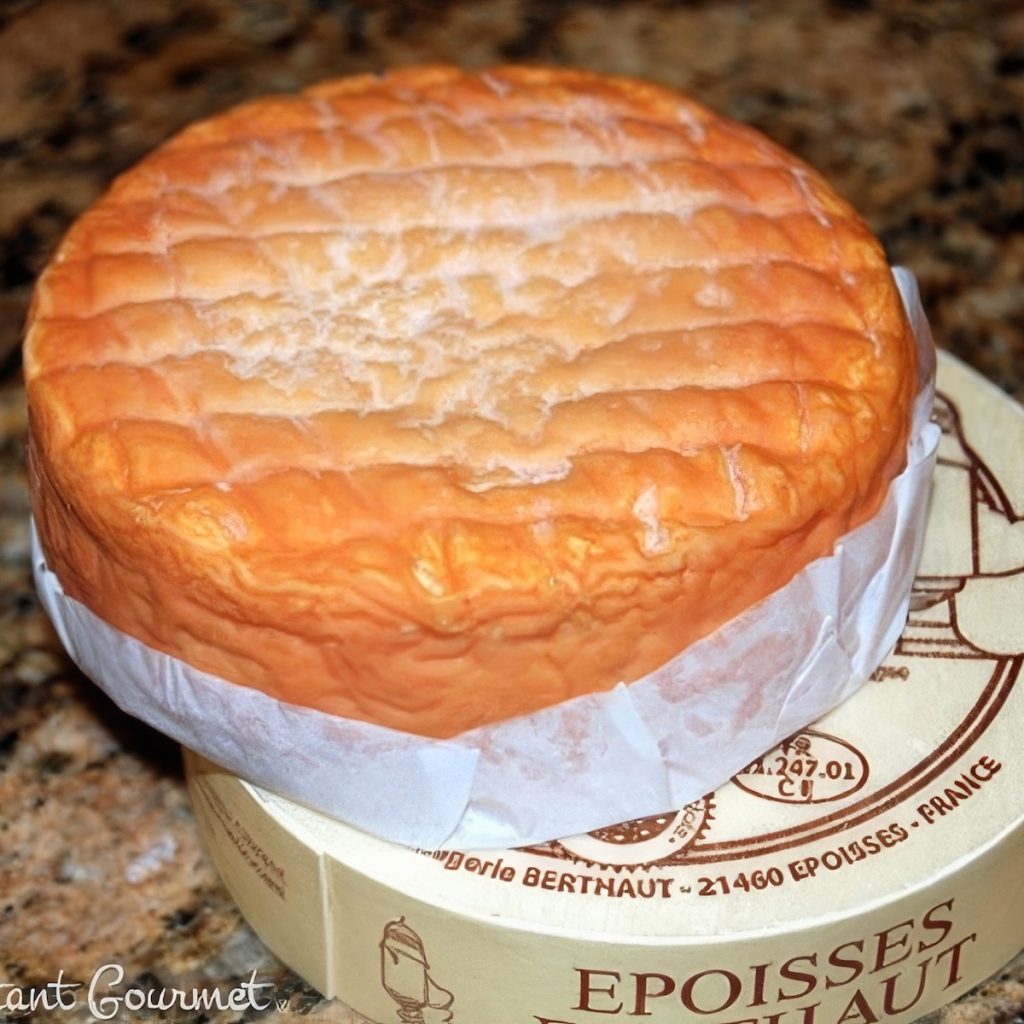



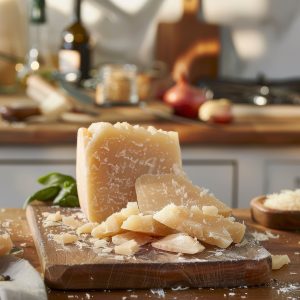

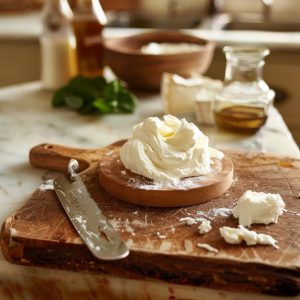
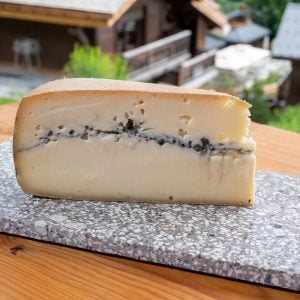
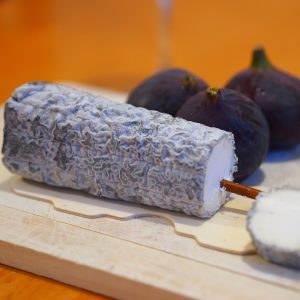
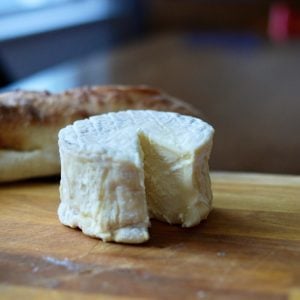


9 Responses
You must not forget Puzzone di Moena, one of Italy0s stinkiest cheeses!!!
I loved this feature. Maily because of my passion for cheese. My epitaph will read “she died by cheese”
Ciao
Lola xx
This is a fascinating and very informative article! Your explanation of how these wonderful cheeses achieve their complex stinkiness is something I’ve wondered about. I also love your top 15 list of the stinkiest as well! May I quote you in my blog about cheese?
This cartoon is fabulous– what would I need to do to be able to use it in my blog?? Please email me. Thanks!
Glad you enjoyed the article. Of course you may quote a sentence or two from the article, please just don’t copy the entire article or big chunks of it. Also appreciate that you like the cartoon but it is copyrighted and cannot be used on your blog but thanks for asking and respecting my work. – RG
When I am looking for a good cheese I just put my nose down and sniff! The nose knows!
We stayed in a small hotel which looked like a small chateau near Pont en Bessin while visiting the Omaha Beach area. The restaurant offered a cheese selection for desert which included a “stinky” one. When I ate my sample the taste was an incredible mixture of walnuts and some liquor, maybe brandy…it was incredible. Does my description fit any one of your listings? I would love to buy some here in the USA.
Thank you.
Hi Spencer, It sounds like Echourgnac a la Noix. This cheese is made by Trappist nuns and soaked in a walnut liqueur. Very expensive and yes, hard to find in the USA. – RG
“Made in a Périgord monastery by nuns, Echourgnac is a round, semi-hard cow’s milk cheese, infused with local walnut liquor. During the maturing process, the cheese is washed off with walnut water, which gives the rind a beautiful rich brown color and allows the walnut flavor to slowly permeate the cheese.â€
So, how can you know if you should eat the rind or not? That has always puzzled me.
I think it is different for every cheese but it also has to do with your preferences. I asked Jack about this and he said there are some cheeses where the rind is eatable but most people would go near it. – RG
thanks for the suggestion of Echourgnac
a la Noix, we have cheese-loving family in France and will look for it in future visits.
I am in the San Francisco Bay Area. For decades, I loved the Danish washed rind cheese called Ambassadeut which came in large wheels with that name on it. No one uses that name, preferring “Danish Esrom” fpr some reason. It has always been my favorite cheese. About ten years ago (2010?) it was suddenly available nowhere any more. I am always disappointed when I see lists of washed rind cheese which are practically restricted to French types and Ambassadeur is not mentioned. I made a washed rind cheese myself, but it was a first attempt and lots of work so while good, it wasn’t great. I don’t want “hints of walnut” or “flavor of cherries” or any other reference. The cheese itself is enough for me. But how can I get some. living in the SF Bay Area (where we have a few great cheese stores but they don’t know from stinky cheeses).
A curious anecdote worth mentioning. I found a stinky cheese being offered by mail but they insisted on sending it with complicated packaging that kept if cold for a few days with dry ice. It seemed ridiculous to me. Stinky cheese already stinks. Why does it need so much protection from the ambient climate for just a few days? But they would not just send it by itself in a plain package. And the special cold package cost twice as much as the cheese. So beware.
Interesting point Paul. Just because it is stinky cheese doesn’t mean it doesn’t need refrigeration. If you go to any reputable cheese market, they are going to have their cheeses in refrigerated cases. Can you imagine this summer when the temperatures were 100 degrees plus in some states if they sent it in the back of some UPS truck. It would become even stinkier stinky cheese.